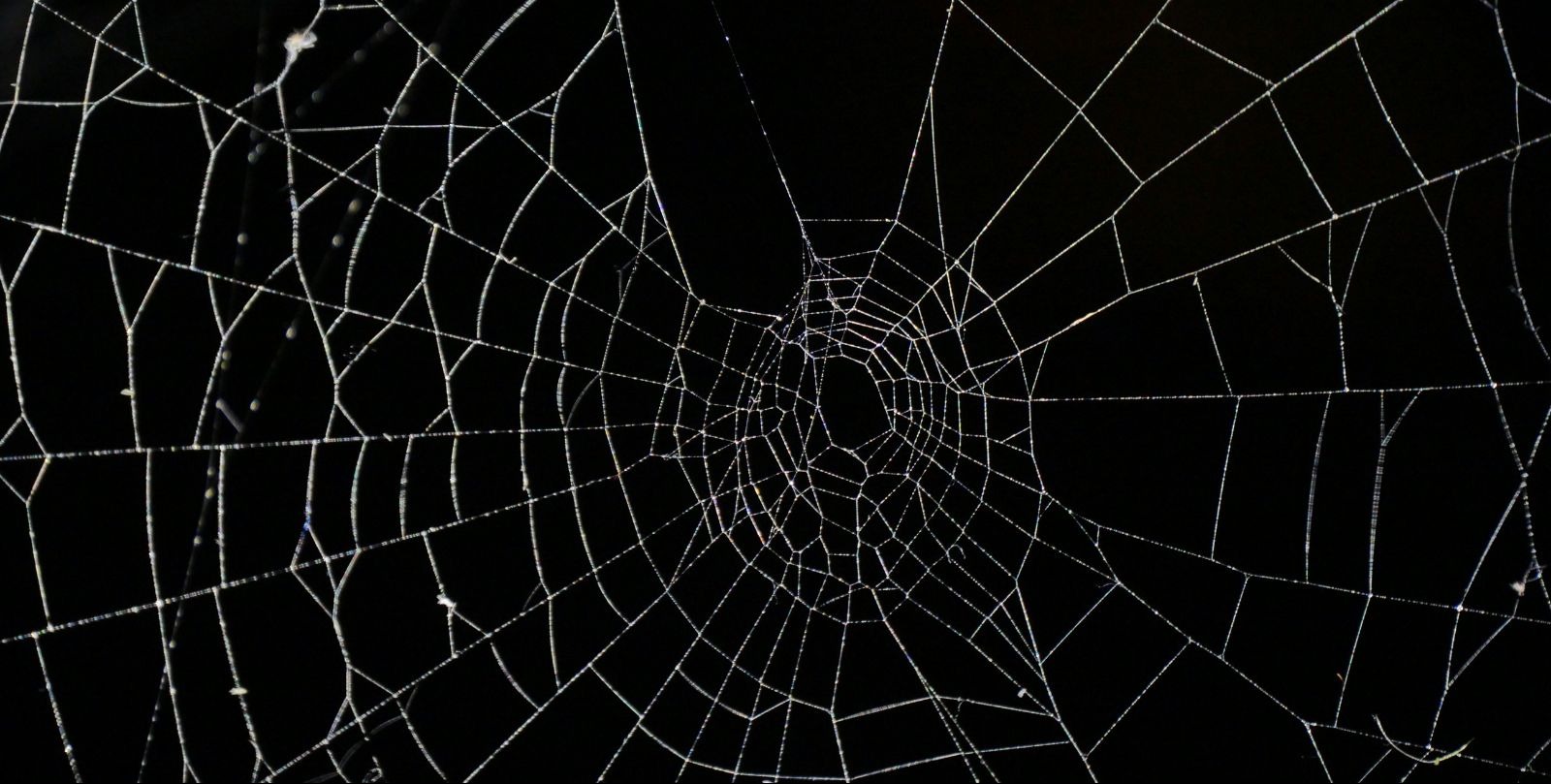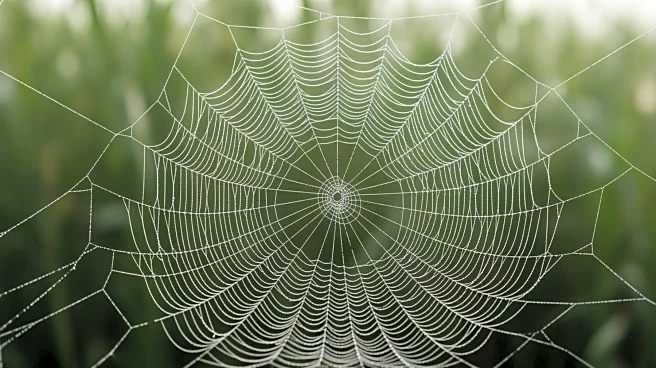What's Happening?
Researchers have documented a unique behavior among two species of Cyclosa spiders, which construct decoy spiders in their webs to deter predators. These spiders, found in Peru and the Philippines, use
silk, plant debris, and insect carcasses to create imitation arachnids that resemble larger spiders. The decoys serve as a defense mechanism, misleading predators such as birds and lizards. The study highlights the spiders' ability to build convincing stabilimenta, or web decorations, in as little as 90 minutes, showcasing their intricate craftsmanship and survival strategies.
Why It's Important?
The discovery of Cyclosa spiders' decoy-building behavior provides insights into the evolutionary adaptations of arachnids. It underscores the complexity of predator-prey interactions and the innovative strategies employed by small creatures to enhance survival. This research contributes to the broader understanding of biodiversity and ecological dynamics, highlighting the intricate relationships within ecosystems. The findings may inspire further studies on spider behavior and the role of stabilimenta in arachnid survival, enriching the field of entomology.
What's Next?
Further research may explore the effectiveness of these decoys in deterring specific predators, examining the impact on spider survival rates. Scientists could investigate the genetic and environmental factors influencing this behavior, providing deeper insights into arachnid evolution. The study may encourage conservation efforts to protect habitats where these unique spiders thrive, preserving biodiversity and ecological balance.
Beyond the Headlines
The Cyclosa spiders' behavior exemplifies the ingenuity of nature, showcasing the adaptive strategies developed by species to navigate complex environments. It highlights the importance of studying small organisms to uncover broader ecological patterns and evolutionary processes.













